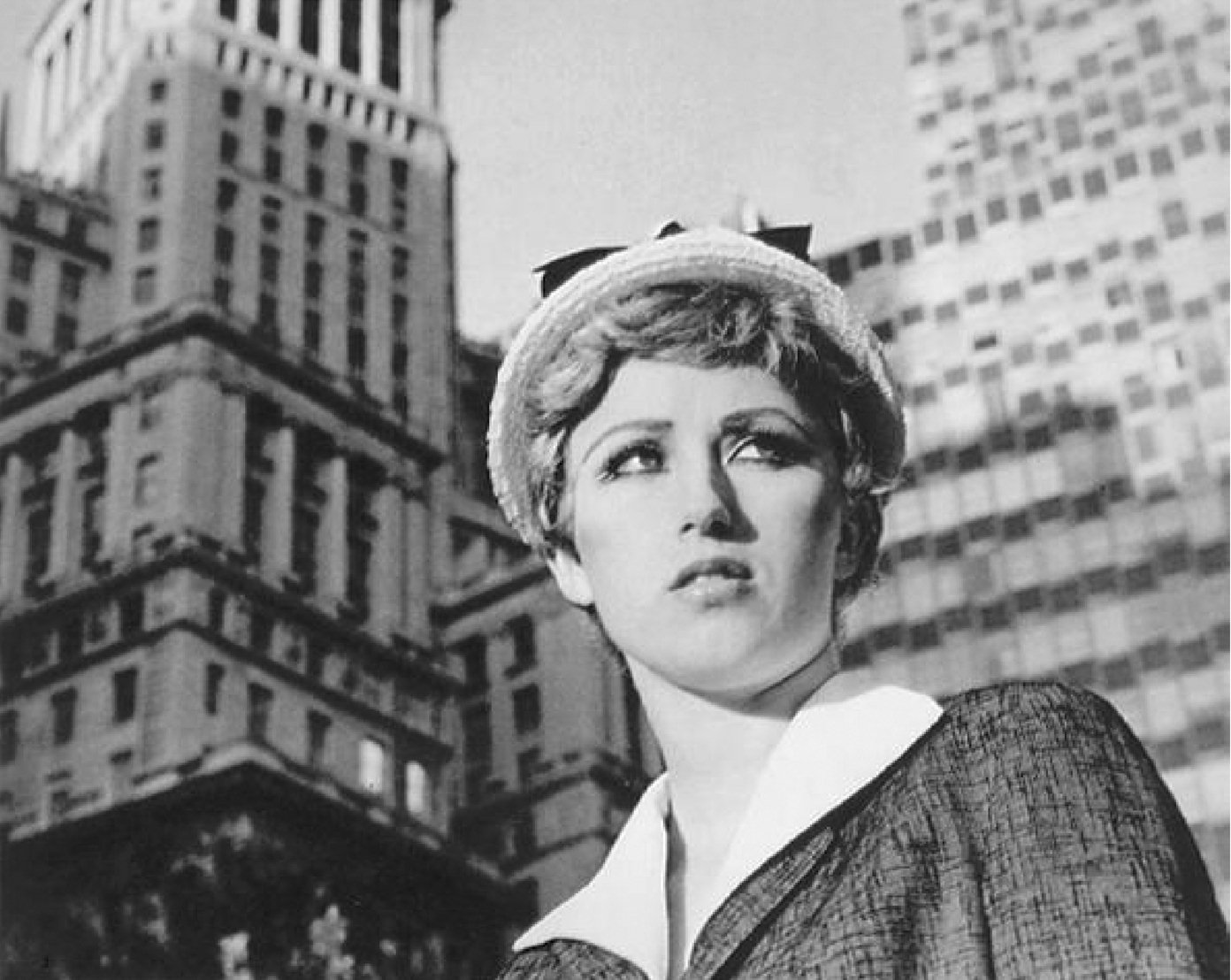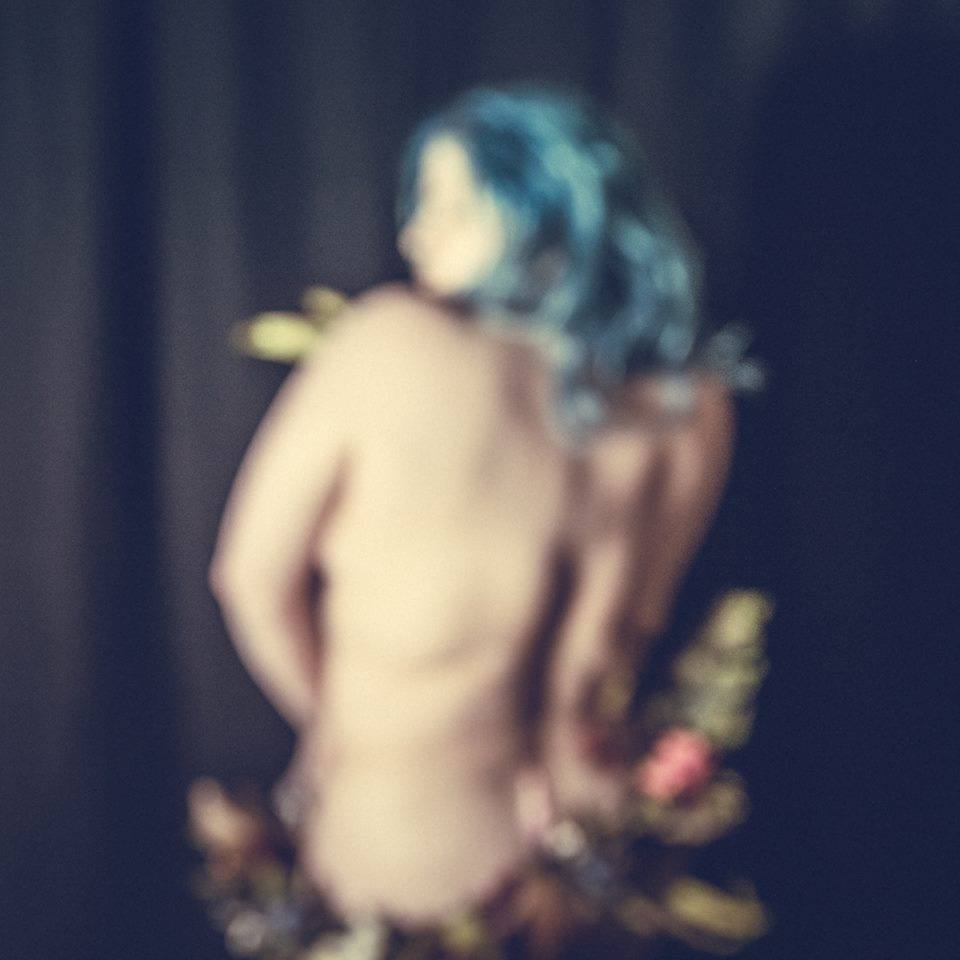by Ronni Knepp
The male gaze in art dates centuries back when men created art for the viewing by other men. Women were portrayed in various mediums in order to please the male client purchasing/viewing the piece. One can look at paintings such as Venus of Urbino by Titian and see the elongated features, welcoming smile, and (obviously) nude position of the woman. The same can be said for virtually any other art medium. Films and comics are the same. They rarely feature female lead roles and their physical appearance is often indicative of the stereotypical "ideal female form" of that given time period. Photography, of course, is also no stranger to the male gaze, although it is a significantly newer art medium then some of the others.
Venus of Urbino, 1534 by Titian
With the rise of feminism lately, it seems absolutely appropriate to readdress the issue. Cindy Sherman created a large series of self-portraits in which she portrayed the stereotypical woman from housewife to actress. According to Stefania Sorrentino, "Sherman is not perpetuating the objectification of women, but rather subverting the male gaze as through this play of masks she makes it almost impossible for the male viewer to fix the woman in a steady identity." (Curating the Contemporary) Sherman reclaims the power as a woman and shows herself willingly in these roles. Lately, more and more women have been pushing back in regards to the male gaze. Barbara Kruger, another well-known feminist and artist, has been creating plenty of images using text to bring various topics to light. On a cover of the W magazine, she placed the text "It's all about me - I mean you - I mean me" over a nude portrait of Kim Kardashian.
Untitled Film Still #21, 1978 by Cindy Sherman
Untitled, 2010 by Barbara Kruger
So, what can "we" (as a collective group of artists) do about it now? Actresses and models are taking to the news and social media platforms asking for their bodies not to be photoshopped to be skinnier (which is all the rage right now in the Western culture). More and more women are standing up against body shaming on both fronts. That's right ladies, we're still at fault here too! My proposition to help curb the male gaze and stereotypes of the "ideal female" is to take the power back ourselves. Create works of art that show our bodies as they naturally are, and support each other accordingly. I'm not aiming for any nutritional arguments here (we all know there are risks to obesity as well as eating disorders). But perhaps if we started loving our bodies the way they are (stretch marks, muffin top, smaller breasts, flatter butt... it doesn't matter!) then we can help to adjust or even delete the male gaze entirely.
Stacy J. Garrett, a photographer based out of Sacramento, California features women of all shapes and sizes in her fantastical work. In the majority of the images, the only photoshop done is to seamlessly blend reality with fantasy. Her image titled Bluebelle shows a woman with curves and flowers, delicately draped in flowers and shot in a soft, romantic focus. It contradicts the "norm" of what society would expect to see in a nude (or even implied nude) nowadays. She was able to reclaim the power as a female photographer to support the fine art work without enforcing a "perverted" perception of the photo.
Bluebelle, 2017 by Stacy J. Garrett
Illustrators can even be included in fight against the male gaze. Recently I asked Alex R.R. to do an illustration of myself hugging Stitch (yes, I'm a bit of a Disney fan). Her reply, when she was finished, was that she hoped she got my curves perfectly. This is one of the first times I'd ever been given a compliment on my curves! Not to mention the image turned out absolutely darling and she had a blast with my hair color (which is always changing). This artist though, who could have given me a much thinner body, chose not to. She felt that I was beautiful just as I am and it's these types of artists that we need more of in the world.
Ronni's Stitch Commission, 2017 by Alex R.R.
In my project titled Objectified Form, I went a different route entirely. I photographed a set of 25 images of the female nude form, but removed all colors and shadows so that the viewer is only left to see the form for its lines and shapes. When viewed as a whole, the body takes on even more abstraction as the grid breaks lines apart even more, pushing the male gaze further from a possibility.
Objectified Form 1, 2016 by Ronni Mae Knepp
Objectified Form Final Grid, 2016 by Ronni Mae Knepp
Overall, I think as women especially become more proactive in how we are shown to the world, the male gaze will eventually dissipate. Who knows if it will ever completely go away. And even then, there's always the question if society will then turn tides to a more prominent female gaze. But that's getting further into theories and what-if's that I'm not prepared to speak on at the moment. The point is that although we've grown as a society (women have far more rights and responsibilities in the world then they did back during Titian's day), we still have a ways to go and grow.
Sources:
http://www.huffingtonpost.com/2013/12/14/jennifer-lawrence-photoshop_n_4446190.html
https://www.stacyjgarrett.com/







